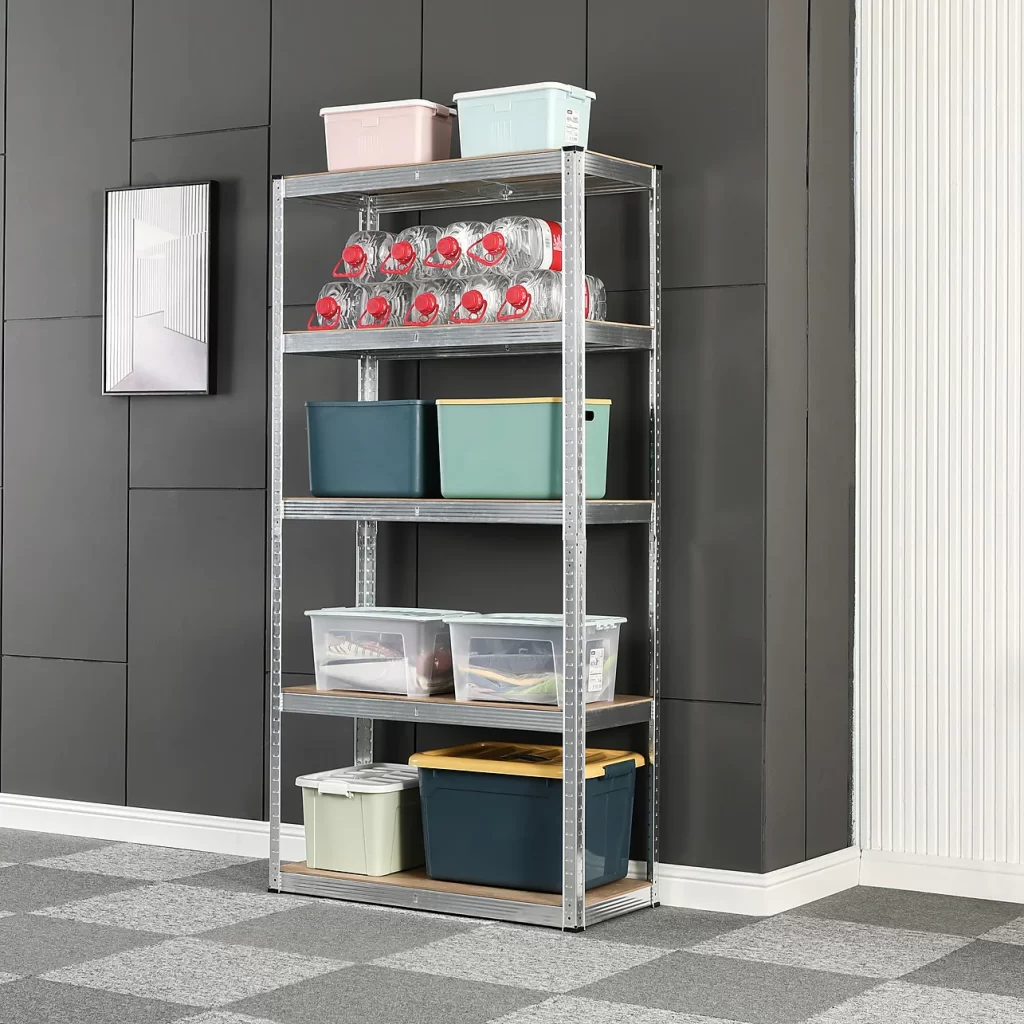In a world overflowing with possessions and a constant influx of new items, maintaining an organized space has become essential. One of the unsung heroes of organization is metal shelving. These sturdy and versatile storage solutions come in various sizes, styles, and weight capacities, making them a valuable addition to homes, offices, warehouses, and retail spaces. Navigating the world of metal shelving is crucial for achieving optimal organization.

Types of Metal Shelving – Metal shelving comes in a range of types, each catering to different needs. Boltless shelving is a popular choice for easy assembly without the need for nuts and bolts. On the other hand, rivet shelving is known for its robustness and capacity to hold heavy loads. Wire shelving provides excellent ventilation and visibility, making it ideal for storage in humid or well-lit areas.
Size and Space – The size of your space plays a significant role in determining the type and dimensions of metal shelving that will best serve your organization needs. You must measure the available space, considering factors like ceiling height, wall space, and clearance for access. Careful planning ensures that your metal shelving fits seamlessly into your environment, maximizing its organizational potential.
Weight Capacity – Different metal shelving units have varying weight capacities. It is vital to choose shelving that can support the weight of your items without compromising safety. When determining weight capacity, consider both the weight of the items you plan to store and the load-bearing capacity of the shelving unit. Exceeding weight limits can lead to structural damage and pose safety risks.
Material and Durability – Metal shelving units are typically constructed from materials like steel or aluminum. Steel shelving is a popular choice for its strength and durability, making it suitable for heavy-duty storage. Aluminum shelving, while lightweight and corrosion-resistant, may be more appropriate for less demanding applications. The choice of material should align with the intended use of the shelving.
Adjustability and Customization – Some metal shelving units are designed with adjustable shelves, allowing you to customize the spacing to accommodate items of various sizes. This feature is particularly valuable for those who need flexibility in their storage solutions. Customization options can help maximize the utility of your shelving, making it adaptable to changing needs.
Aesthetics – Metal shelving does not have to be purely utilitarian. Many units come in various finishes, colors, and styles, allowing you to integrate them seamlessly into your décor. Whether you prefer an industrial look or something more contemporary, there is a metal shelving solution to match your aesthetic preferences and read more here.
Assembly and Installation – Consider the ease of assembly and installation when selecting metal shelving. Boltless shelving systems are known for their simplicity and speed of assembly, making them a practical choice for DIY enthusiasts. Some units may require professional installation, so factor in the cost and convenience of installation when making your decision.
Accessibility and Visibility – Think about how accessible and visible your stored items need to be. Open shelving offers quick access and high visibility, making it suitable for frequently used items. If you prefer a cleaner and more concealed look, consider shelving units with doors or bins.
